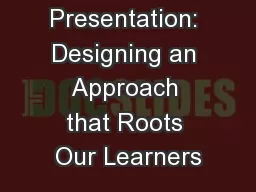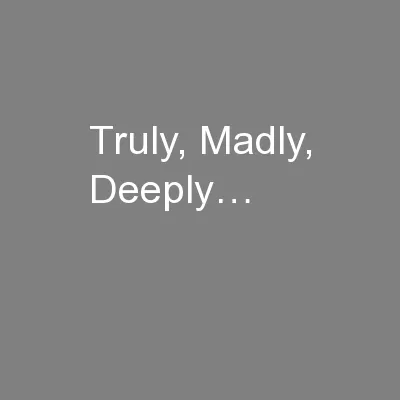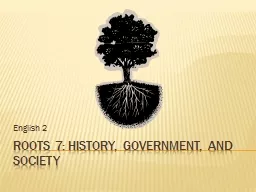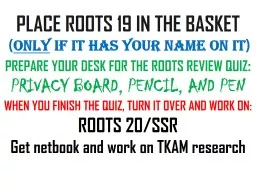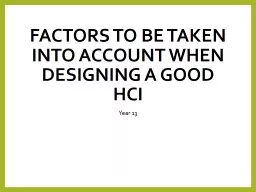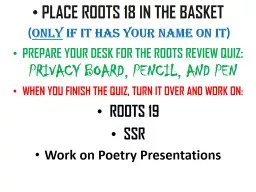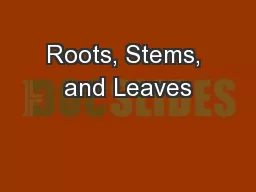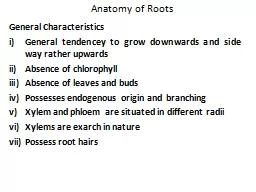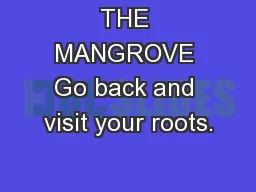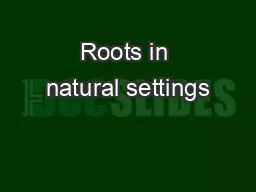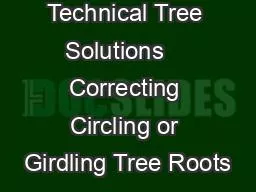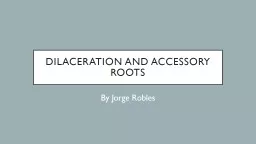PPT-Presentation: Designing an Approach that Roots Our Learners
Author : tatyana-admore | Published Date : 2018-01-22
Assembly of First Nations Education Directors of National Forum March 2017 Makadaegobewiik Michelle RichmondSaravia Acknowledging Treaty 7 Territory amp Communities
Presentation Embed Code
Download Presentation
Download Presentation The PPT/PDF document "Presentation: Designing an Approach that..." is the property of its rightful owner. Permission is granted to download and print the materials on this website for personal, non-commercial use only, and to display it on your personal computer provided you do not modify the materials and that you retain all copyright notices contained in the materials. By downloading content from our website, you accept the terms of this agreement.
Presentation: Designing an Approach that Roots Our Learners: Transcript
Download Rules Of Document
"Presentation: Designing an Approach that Roots Our Learners"The content belongs to its owner. You may download and print it for personal use, without modification, and keep all copyright notices. By downloading, you agree to these terms.
Related Documents

